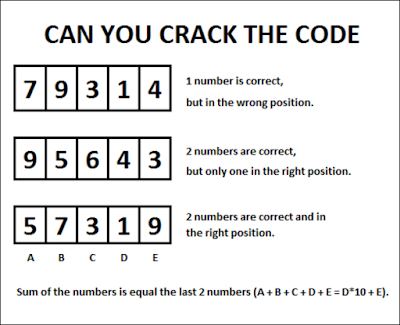Wrong Looking Correct Mathematical Equation!
The following question it puts forth you:
25 - 55 + (85 + 65) = ?
Then, you are told that even though you might think its wrong, the correct answer is actually 5!
Whats your reaction to it? How can this be true?
That's how it's perfectly correct!
25 - 55 + (85 + 65) = ?
Then, you are told that even though you might think its wrong, the correct answer is actually 5!
Whats your reaction to it? How can this be true?
That's how it's perfectly correct!


















